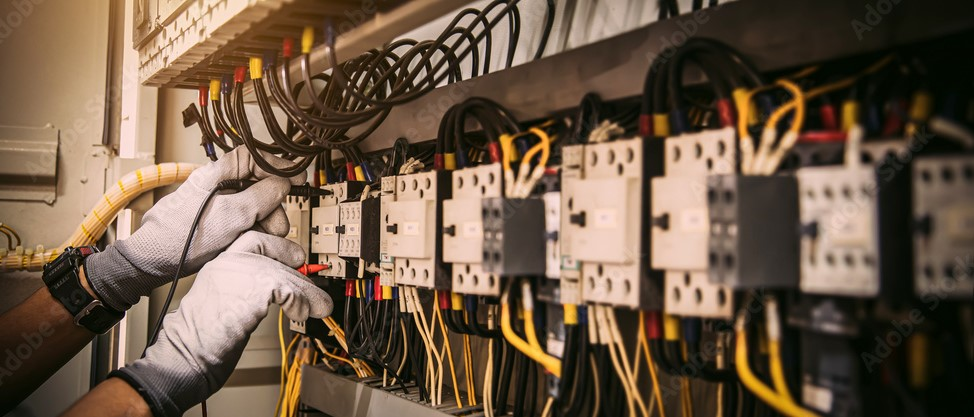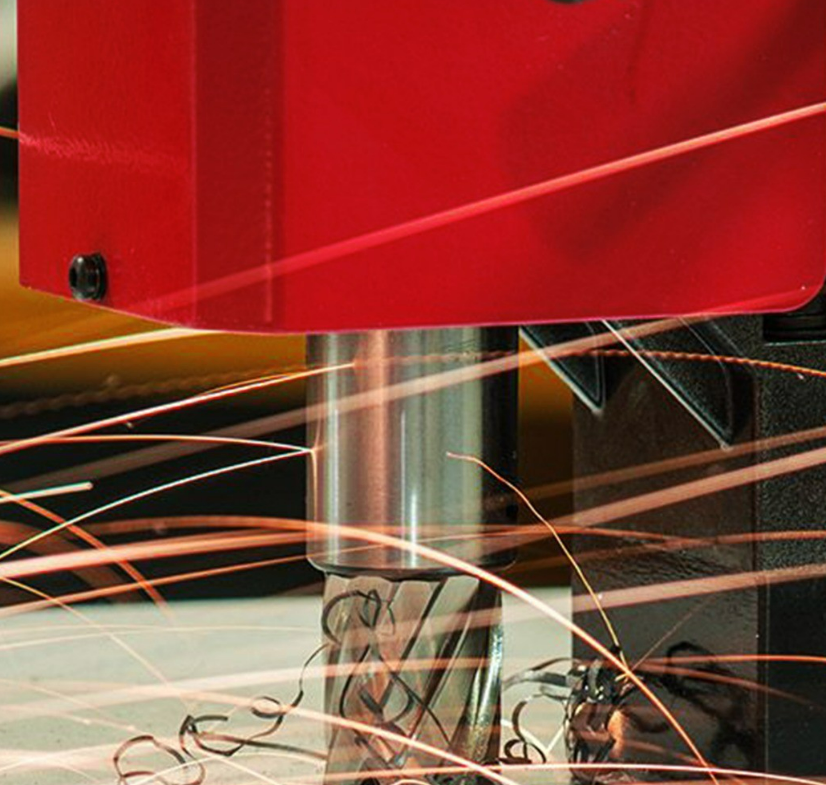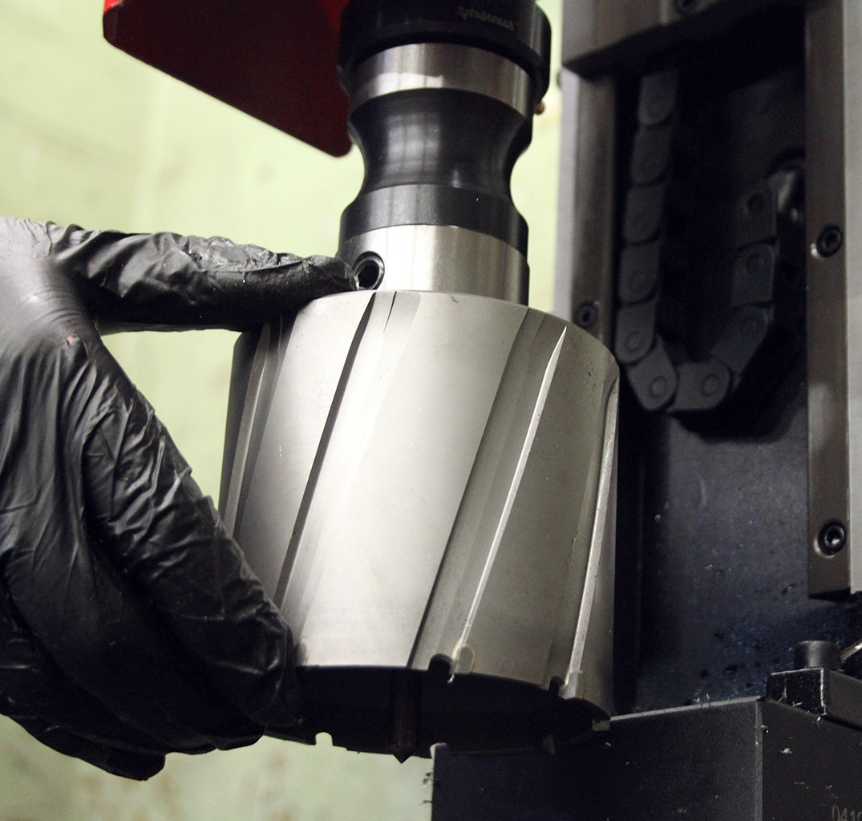You’ll often see 110V and 230V options when buying power tools, but what does this mean? Let’s look at the key differences:

In the UK and Europe, 240V is the general supply voltage, meaning that you can plug a 240V power tool directly into a power outlet and use it, without issue. So why do we have both 110V and 240V options for mag drills, chop saws and other machines in the UK?
As a general rule, 110V tools are used in industry, such as construction sites, whilst 240V tools are used domestically, for DIY and home workshops. This is due to a number of different factors, including convenience, safety and others. Let’s look at the key differences:
When To Use A 110v Tool
Overall, 110V tools present a lower risk of harm than their 240V equivalent if the electrical wiring, or machine itself, is damaged during use. This is because the current flowing through the cable is half that of a 240V cable. The current must therefore be double the comparable 240v amount to achieve the same power.
As voltage and amperage (the measurement of current) are directly proportional, 110V wiring is considered safer to work with as its lower voltage carries less current than 240V which poses less risk of severe electrocution in cases of damage or misuse.
Considering this reduced risk of injury (and death), 110V tools are generally recommended for use in potentially hazardous environments, such as construction sites. In the Electricity at Work Regulations (1989). The Health and Safety Executive strongly recommends the use of 110V equipment in these environments due to the wet, dirty, dusty nature of construction sites, which often have a significant amount of personnel and machines active.
The scale of industrial projects, with large amounts of moving parts and potential for equipment and wiring damage, leads to serious risk to personnel. Therefore, the lower voltage equipment is suited to this environment as, in the case of an accident, it is far less likely to cause serious injury/death.
However, a 110V machine requires a transformer and industrial plug to work, stepping down the voltage from 240V outlet to the 110V equipment. Therefore, this enhanced safety comes at the cost of portability and convenience.
Overall, due to their lower potential for risk, 110V tools are more suitable for industrial applications as they present less danger to their operators and the people around them. As well as this, construction sites and similar environments are more likely to be able to accommodate transformers than a smaller DIY workshop.


When And Where To Use A 240v Tool
Despite the aforementioned guidance from the Health and Safety Executive, there is no specific legal ban on the use of 240V tools on construction sites and comparably sized projects. Some businesses incorporate their own regulations around their use, but this varies on a case-by-case basis. Overall, 240v tools are allowed for use on site and can be used in these potentially risky environments, though the general consensus is to use 110v equipment.
240V tools are appropriate for use in DIY and home applications for the opposite reasons to 110V; the risk of severe harm to the operator and those around them is significantly lower in a DIY or home-based project due to the environment, therefore the higher voltage is less of an issue. Cabling and components are far less likely to be damaged or otherwise made hazardous when not used in heavier industrial projects.
As well as this, 240V tools can be used without a transformer, meaning that the plug sockets in a house can power them. Most 240V tools will either come with a UK plug, or an adapter to be used with a UK plug socket. This convenience makes them ideal for use in DIY and domestic work, many contractors also use 240V tools to avoid having to use a transformer which can be inconvenient and takes up unnecessary space.
110v and 240v Tools: Common Questions
Can I Put a 240V Plug On a 110V Tool?
Putting a 240V plug on a 110V tool is not advisable because the tool is not designed to handle the higher voltage, which could cause the tool to overheat or even catch fire. It could also potentially harm the user and damage the power source.
Can You Convert 110V Into 240V?
Converting 110V tools to 240V is generally not recommended because the electrical components within the tools are specifically designed for 110V operation and could be damaged by higher voltage. If conversion is necessary, it should be performed by a qualified electrician, but it’s often safer and more cost-effective to simply purchase tools designed for 240V operation.
What Voltage Is The UK?
The standard mains electricity supply voltage in the United Kingdom is 230V AC at a frequency of 50Hz. This higher voltage level is used for all domestic and most commercial environments.

